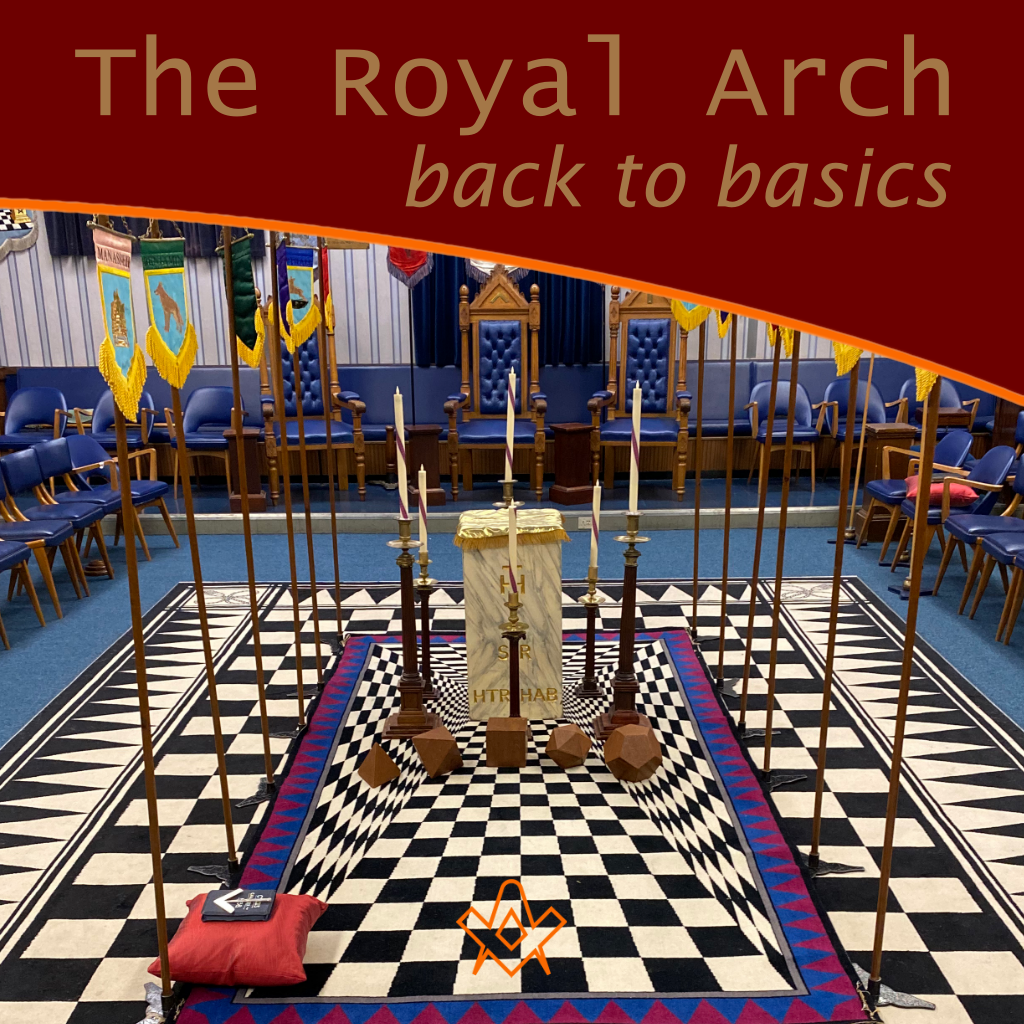In the Royal Arch ceremony, the sojourners are buried with their tools in a vault.
The sun, at its highest, provides enlightenment and the principal sojourner is returned to the former companions of his toil to continue producing, distributing and consuming, food, clothing and shelter.
If this is informed by natural equality and mutual dependence, as among Masons it ought, the Master Mason is truly Exalted as hero.
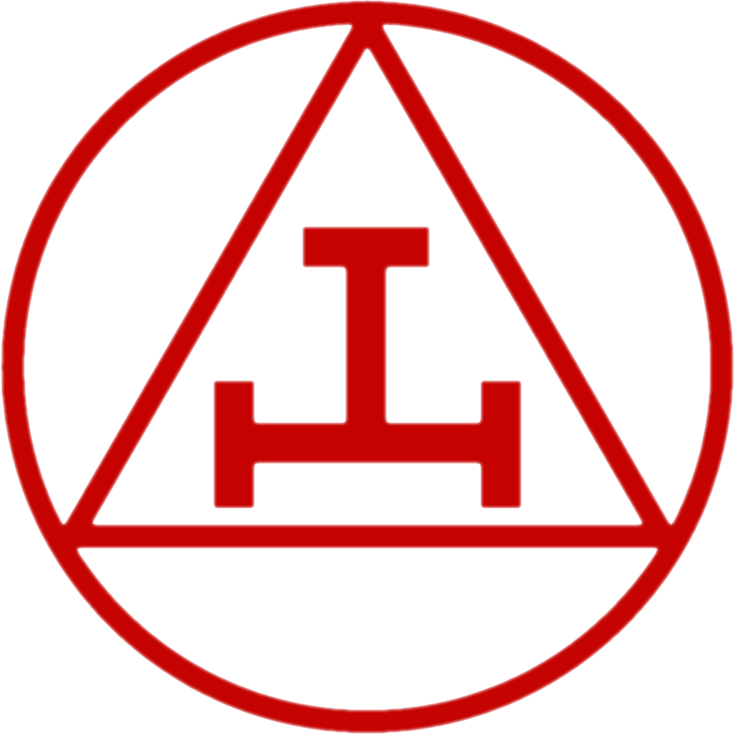
The Royal Arch
Mostly, the reality of human existence is ordered around the production, distribution and consumption of food, clothing and shelter; although perhaps, ‘the mind’ can be understood as a chemistry set which imagines reality among other things.
However, human existence is time limited and there arose the process of burying the deceased, accompanied with artefacts including tools.
From this, it can be taken that there were views on death; which if correct, entails views on life. It is possible that these could be understood as being other than material – spiritual even – but such does not entail supernatural entities or categories.
Everlasting does not mean eternal; the pharaonic burial practises did not, necessarily, include concepts of existing before and after time.
As contained in annals and ritual, it is the contemplation of life and death which sets humans apart.
Osiris was slain and reincarnated. Dionysus was torn asunder by Titans and restored to newness of life. Architect Hiram, the murdered hero, was figuratively quickened and is ‘represented’ in the making of master masons.
Osiris ca. 1070–664 B.C. Third Intermediate Period.
IMAGE LINKED: Metropolitan Museum of Art Attribution 4.0 International (CC BY 4.0)
The production of food, clothing and shelter was, and is, in much connection with the sun; this led to sun-worship, an antecedent of Freemasonry.
The terms ‘highest’ and ‘most high’ are allusions to the sun at its meridian. The Emperor Constantine worshiped Sol Invictus, the ‘invincible sun’ and ordered that Christian worship should be on Sundays; previously it had been on the Sabbath between Friday and Saturday.
Since Babel, if not before, edifices, temples and pyramids were constructed in stone to reach higher – nearer to the sun.
These were statements about life and death written in stone creating a place for a vital and quickening evocation of communication with ancestry.
Similarly, but in less constructed form, were the stones around Avebury, England.
In Masonic symbolism the building, in stone, of King Solomon’s Temple is typologically celebrated as building a new world order. Comprising its ninety-two elements, stone is a serious symbol of the universe.
The highest stone on the planet is at the summit of the Himalayas, it being formed by the enduring collision of tectonic plates.
Some of this material is limestone, formed of the petrified skeletal remains of life on the ancient seabed: the summit of the Himalayas was once alive!
Its surface material, as dissolved by rain is returned to rivers and oceans to be absorbed by organisms: it lives again.

The Tower of Babel by Pieter Bruegel the Elder, 1563
IMAGE LINKED: wikimedia Attribution 4.0 International (CC BY 4.0)
In similar manner, the heroism of architect Hiram lives on in the potential of each master mason. The destruction of Herod’s Temple was forecast in the synoptic gospels: perhaps the gnostic Apocalypse is an eye-witness account thereof.
Christian tradition linked the return of its founder to the rebuilding of the Temple.
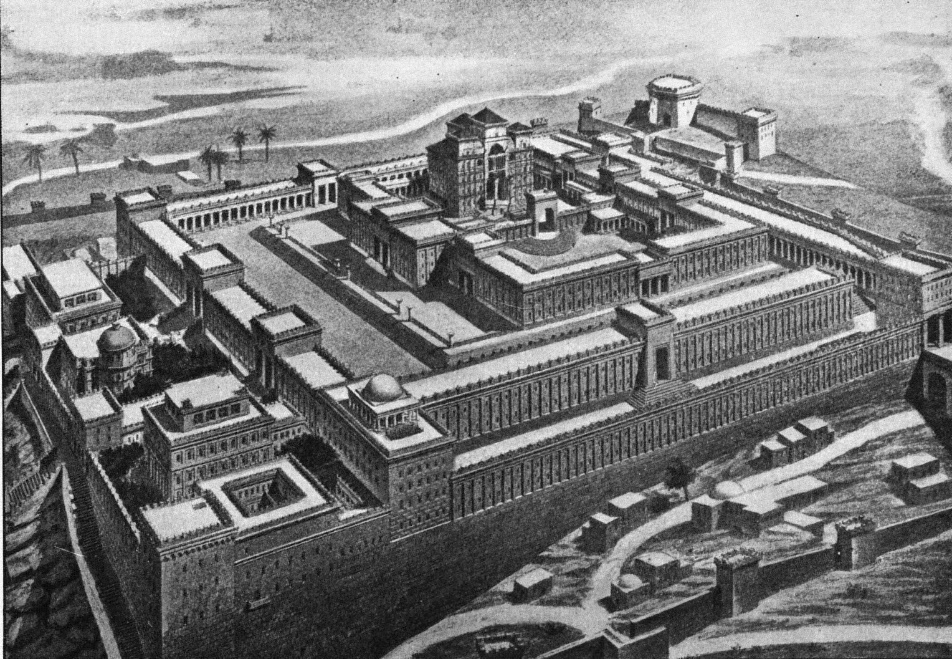
Ideal Reconstruction of Solomon’s Temple
IMAGE LINKED: Nordisk familjebok, c.1899 Attribution 4.0 International (CC BY 4.0)
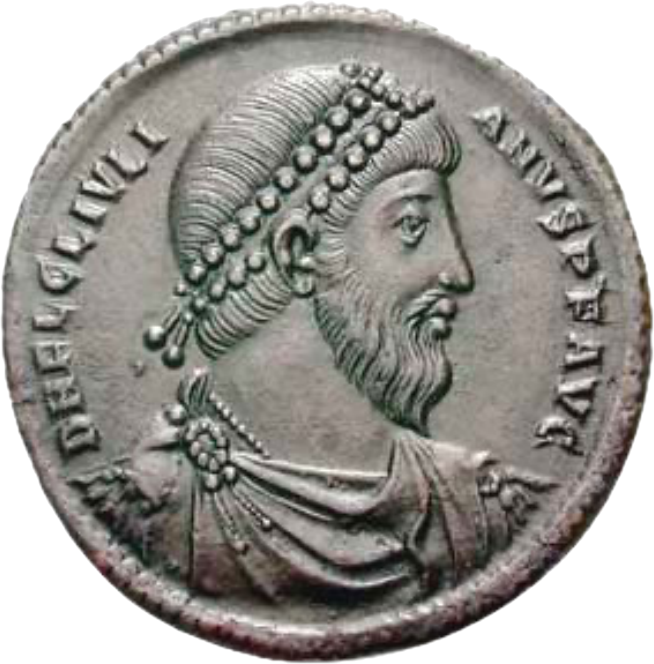
Emperor Flavius Claudius Julianus – Julian the Apostate
IMAGE LINKED: Classical Numismatic Group, Inc. http://www.cngcoins.com, wikimedia Attribution 4.0 International (CC BY 4.0)
In C.E. 363, the Roman Emperor, Julian the Apostate, decided on its rebuilding. Arian church historian, Philostorgius 368 – c. 439 wrote: [Winkelmann ed., 1981, trans. Philip R. Amidon, 2007]
Julian bade Jerusalem to be rebuilt in order to refute openly the predictions of our Lord.
But his work was checked by many other prodigies from heaven especially during the preparation of the foundations.
One of the stones, placed at the lowest part of the base, suddenly started from its place and opened the door of a certain cave hollowed out in the rock.
It was difficult to see what was in this cave so persons were appointed to investigate letting down one of their workmen by means of a rope.
On being lowered down, he found the cave to be a perfect square.
Touching his foot against a column rising slightly above water, found lying on it a book wrapped in fine linen.
He signalled to his companions to draw him up again, the book was opened…
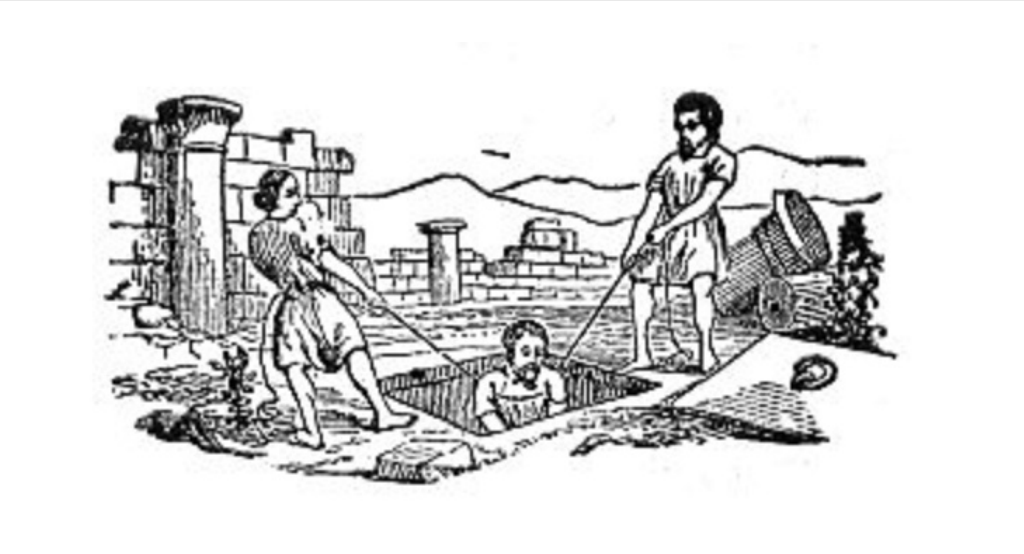
In the Royal Arch ceremony, the sojourners are buried with their tools in a vault.
The sun, at its highest, provides enlightenment and the principal sojourner is returned to the former companions of his toil to continue producing, distributing and consuming, food, clothing and shelter.
If this is informed by natural equality and mutual dependence, as among Masons it ought, the Master Mason is truly Exalted as hero.
Footnotes
Additional reading
Unraveling the Significance of Sojourners in the Royal Arch Ceremony
The Essence of the Royal Arch Ceremony
The Royal Arch ceremony is a significant event within Freemasonry, a fraternal organization with deep roots in history and symbolism. This ceremony represents the culmination of a Mason’s journey and their ultimate exaltation as a Master Mason. It is through this rite that the Masonic values of brotherhood, enlightenment, and personal growth are exemplified.
One key aspect of the Royal Arch ceremony is the role of the sojourners. These individuals play a vital part in the unfolding of the ritual and its deeper meaning. To understand their significance, it is essential to examine the ceremony itself, the importance of the sun in Freemasonry, and the symbolism of the characters involved.
The Journey of the Sojourners
During the Royal Arch ceremony, the sojourners find themselves symbolically buried in a vault with their tools. This act represents the cyclical nature of life and death, and the eventual rebirth that follows. As the sun reaches its highest point, enlightenment is achieved, and the principal sojourner is returned to their former companions to continue their work of producing, distributing, and consuming the essentials of life.
The sojourners’ journey is emblematic of the Masonic belief in natural equality and mutual dependence. Through their experiences, they serve as a reminder of the importance of working together and supporting one another. In the end, the Master Mason emerges exalted and heroic, embodying the Masonic values of wisdom, strength, and beauty.
The Sun’s Role in Freemasonry and Human Existence
The sun holds great importance in Freemasonry, symbolizing light, knowledge, and the power of creation. In the Royal Arch ceremony, the sun’s position at its zenith signifies the moment of enlightenment for the sojourners. This celestial body has long been associated with the production of food, clothing, and shelter – the cornerstones of human existence.
Sun worship has ancient roots, with connections to various religions and belief systems, including those of the Egyptians and Romans. This reverence for the sun later influenced Freemasonry and its rituals, including the Royal Arch ceremony. The sun’s representation in the ceremony serves as a reminder of its connection to life, death, and rebirth.
The Symbolism of Osiris, Dionysus, and Hiram
Osiris, Dionysus, and Hiram are three significant figures within the context of the Royal Arch ceremony. Each one represents different aspects of death, resurrection, and the eternal cycle of life.
Osiris, the ancient Egyptian god of the afterlife, was slain and later resurrected, signifying the concept of renewal and rebirth. Similarly, Dionysus, the Greek god of wine, was torn apart by Titans and later restored to life. These stories emphasize the power of transformation and the promise of new beginnings.
Hiram, the legendary architect of King Solomon’s Temple, is a central figure in Masonic lore. After being murdered, Hiram is figuratively brought back to life and serves as a symbol of heroism and resilience. His story highlights the potential for personal growth and the importance of perseverance in the face of adversity.
Connecting Sun Worship, Freemasonry, and Ancient Monuments
The reverence for the sun in Freemasonry is also connected to the construction of ancient monuments, such as temples, pyramids, and stone circles. These structures, which were often built to reach towards the heavens, signified the desire to be closer to the sun and its divine power.
Examples of such monuments include the Tower of Babel, the stones of Avebury in England, and the pyramids of Egypt. These constructions demonstrate the impact of sun worship on ancient culturesand the ways it has shaped human history.
King Solomon’s Temple, an important symbol in Freemasonry, is another example of a monument built in reverence to the sun. Its construction represents the aspiration for a new world order and the establishment of a sacred space where wisdom, harmony, and divine communication can be achieved. The temple serves as a metaphor for the universe and the unity of all its elements.
Life, Death, and Nature’s Cycles in Masonic Teachings
The cycle of life and death is a recurring theme in Freemasonry and is particularly evident in the Royal Arch ceremony. Through the experiences of the sojourners and the stories of Osiris, Dionysus, and Hiram, the concept of rebirth and regeneration is reinforced.
This theme is also reflected in the natural world, where elements such as limestone – formed from the petrified remains of ancient life – are broken down and returned to the environment. This process illustrates the interconnectedness of all living things and the continuous cycle of life.
In this way, the Royal Arch ceremony and Masonic teachings emphasize the importance of recognizing and honoring the cycles of nature. By understanding these cycles, one can appreciate the beauty and complexity of life and the interconnectedness of all living things.
The Heroism of Hiram and the Potential of the Master Mason
The figure of Hiram, the heroic architect, plays a crucial role in the Royal Arch ceremony and the overall Masonic narrative. As a symbol of resilience, wisdom, and strength, Hiram embodies the values that a Master Mason should aspire to achieve.
Through the ritual, the participants are reminded that they too have the potential to embody the characteristics of Hiram and become heroes in their own right. By embracing the teachings of Freemasonry and striving for personal growth, the Master Mason can become a beacon of light and inspiration for others.
The Temple’s Destruction and Rebuilding in Religious Traditions
The destruction and rebuilding of the Temple serve as a backdrop for the Royal Arch ceremony and hold significance in both Christian and Jewish traditions. The synoptic gospels predict the temple’s destruction, and some interpret the Apocalypse as an eyewitness account of the event. In Christian tradition, the return of the faith’s founder is linked to the rebuilding of the Temple.
In 363 CE, Roman Emperor Julian the Apostate attempted to rebuild the Temple, an effort that was ultimately unsuccessful. This historical event serves as a reminder of the challenges faced in the pursuit of spiritual and physical restoration.
Analyzing the Significance of the Royal Arch Ceremony
The Royal Arch ceremony serves as a powerful reminder of the values, symbols, and teachings that define Freemasonry. Through the experiences of the sojourners, the importance of the sun, and the stories of Osiris, Dionysus, and Hiram, the ritual highlights the interconnectedness of life, death, and rebirth.
The ceremony emphasizes the significance of working together, supporting one another, and striving for personal growth. By understanding the deeper meanings behind the ritual, a Master Mason can fully embrace their potential as a hero and a source of inspiration for others. Through a deeper understanding of the Royal Arch ceremony, one can appreciate the profound impact that Freemasonry has on its members and the world at large.
[Editor – April 2023]
Article by: Gerald Reilly

Gerald Reilly was initiated in 1995 into St Osyth's Priory Lodge 2063. Essex. England (UGLE).
He was a founder member of Josh Heller's Allthingsmasonic, and with Josh co-wrote 'The Temple that Never Sleeps' (Cornerstone Books, 2006) he is committed to the development of e-Freemasonry.
Awarded the Norman B Spencer Prize, 2016.
Book: by Gerald Reilly

The Temple That Never Sleeps
by Josh Heller and Gerald Reilly
Freemasons and E-Masonry Toward a New Paradigm
A revolutionary book for every Freemason.The two authors, American and UK Masons, present a radical view of Freemasonry for both today and tomorrow.
In addition to their ideas are those of numerous Internet Masons (E-Masons) from around the world who, by sharing the experience of their own Masonic journey, have provided stunning personal insight into the viability of the Craft in the Internet Age.
This book will challenge your understanding of Freemasonry today and how it might transform for future generations.
Recent Articles: by Gerald Reilly
 How can the allegory of the Tower of Babel teach us tolerance? Language can be a divide. Not confusion among languages but rather within language, a seriously unclear understanding of another’s world-view. We assume it is so different from our own and yet with clarity, a realisation there is more which unites than separates. |
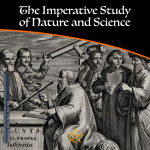 The Imperative Study of Nature and Science At some stage during Freemasonry's Second Degree, the candidate is advised that there is now permitted, something like, the extension of their research into the hidden mysteries of nature and science. Such is an excellent permission and one that each and every Freemason should pursue with awe and passion. |
 Pure Ancient Masonry; P4. A Companion in Rule, Building a better world P4. A Companion in Rule, Building a better world - The four parts of Pure Antient Masonry comprise the ‘body’ Masonic; they are the building blocks of the vital relevance, through enhanced citizenship, wherein the soul of Freemasonry abides. |
 Pure Ancient Masonry; P3. The Master, Building Better Character Part 3: The Master, Building Better Character - Being raised is a transition from knowledge to wisdom. |
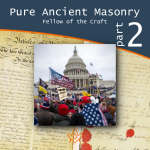 Pure Ancient Masonry; P2. A Fellow of the Craft Part 2: A Fellow of the Craft, Building Better Knowledge. Pure Antient Masonry consists of four parts. ‘Building the Temple’ is the fundamental Masonic allegory for building better people; this must be understood as a seamless whole: |
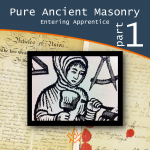 Pure Ancient Masonry; P1. An Entering Apprentice Part 1. An entering apprentice: Building Better Communities; Pure Antient Masonry consists of four parts. ‘Building the Temple’ is the fundamental Masonic allegory for building better people to build a better world |
 Pure Ancient Masonry; Intrduction This series will consider the defining characteristics, lessons and benefits of Three Degrees, the Order of the Royal Arch and when conjoined, Pure Ancient Masonry. |
 The Christianising of British Freemasonries - P4 This concluding article in the series considers the separation of British freemasonries from the Grand Orient of France (GOdF) and maintaining fraternity with the Prussian Grand Lodge of the Three Globes. |
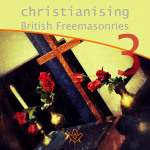 The Christianising of British Freemasonries - P3 Discover the battle for the 'soul' of Masonry. Part 3. French Perdition: ‘…for what fellowship hath righteousness with unrighteousness’? |
 The Royal Arch – ‘the fourth step in regular Freemasonry’ United Grand Lodge of England, has now designated the Royal Arch, the fourth step in regular Freemasonry, it therefore must be concluded that…publications…should now be revised, and based on attracting to the benefits of the four steps. |
 The Christianising of British Freemasonries - P2 How might the battle for the souls of Freemasonries be identified in a way that ensures thriving in the 21st Century? There is no guarantee of the immortality of the soul of Freemasonry! ‘We study the past in order to free ourselves from it.’ (Hariri) |
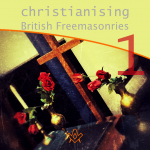 The Christianising of British Freemasonries - P1 This four-part series considers: 1. the separation of British Freemasonries from the Grand Orient of France (GOdF); and, 2. maintaining fraternity with the Prussian Grand Lodge of the Three Globes. |
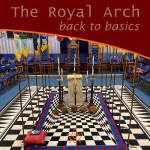 The Royal Arch - Back to Basics In the Royal Arch ceremony, the sojourners are buried with their tools in a vault. The sun, at its highest, provides enlightenment and the principal sojourner is returned to the former companions of his toil |
 The Holy Land and the Holy Sites P4 Fourth instalment of the four-part series, considers ‘masonic’ aspiration and activity regarding the Holy Land and The Holy Sites |
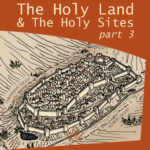 The Holy Land and The Holy Sites P3 Third instalment of the four-part series, considers ‘masonic’ aspiration and activity regarding the Holy Land and The Holy Sites |
 The Holy Land and The Holy Sites P2 The four-part series will consider ‘masonic’ aspiration and activity regarding the Holy Land and The Holy Sites |
 The Holy Land and The Holy Sites P1 In this four-part series, we will consider ‘masonic’ aspiration and activity regarding the Holy Land and The Holy Sites |
 Science and Citizenship: Towards a 21st Century Masonic Mindset. |
 Towards a 21st Century Masonic Mindset: Part 3 ‘Freemasonries’ and the Fourth Industrial Revolution |
 Towards a 21st Century Masonic Mindset: Part 2: ‘Freemasonries’ and Religiosity. |
 Towards a 21st Century Masonic Mindset: Part 1: ‘Freemasonries’ and Governance. |
masonic knowledge
to be a better citizen of the world
share the square with two brothers

click image to open email app on mobile device


